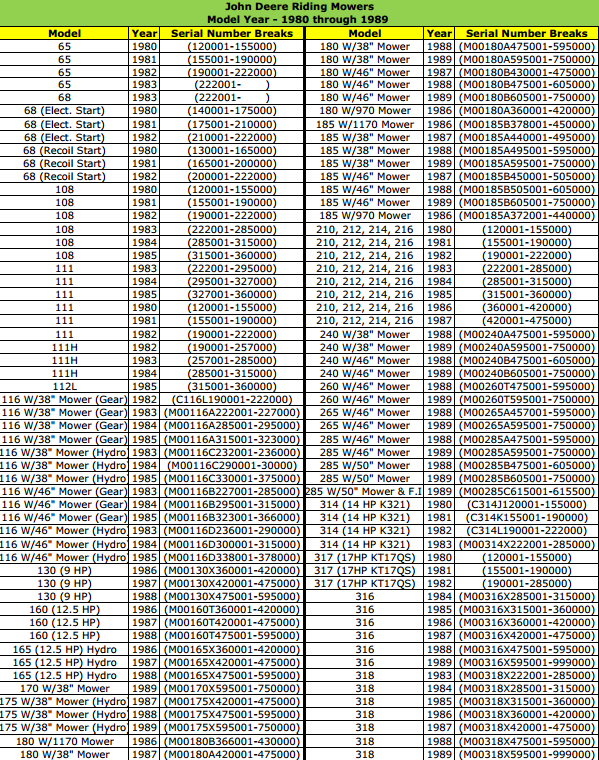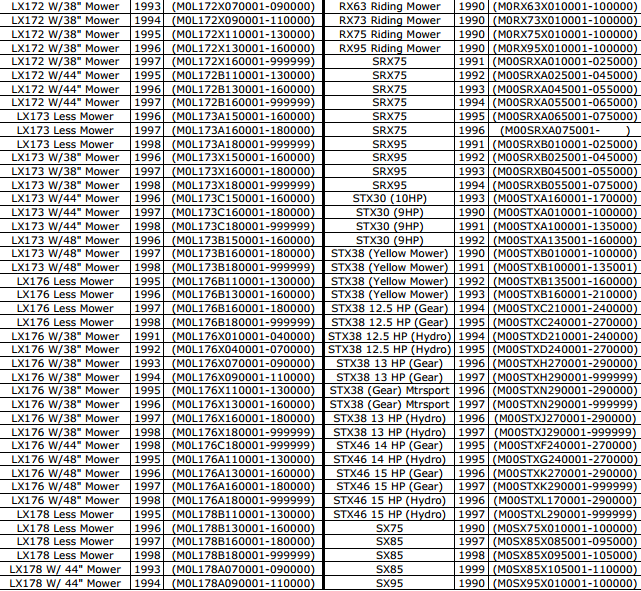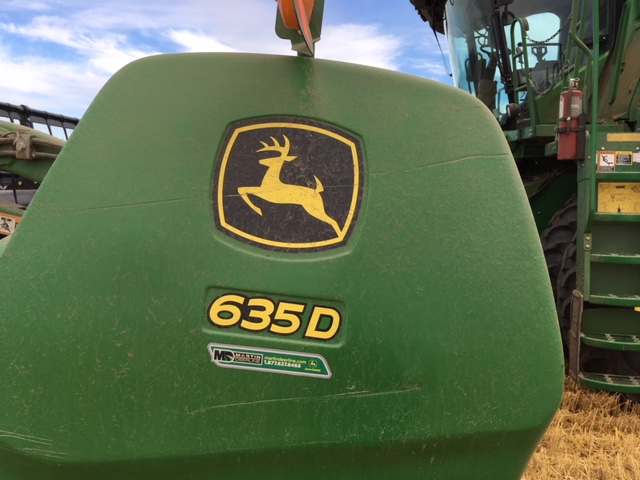

It is interesting to note that a third digit (a number) indicating the Fuel Type Production Code (explained further below) was not added until mid-summer 1963 starting with the 1964, 3020 series, production year. The remaining digits represented the numbered order of production of the unit which can be used to determine the year of production. Following the Series and Production Codes, a letter "T" indicated "Basic Tractor". The first number indicated the Series Production Code followed by the Chassis Production Code. Prior to 1965, the sequence started with two numbers then a letter. Lets start with the system prior to 1965. The serial number sequence went through some changes, most of them occurring starting with the 1965 production year.

A letter suffix was added to also denote the place of production.

Last, but not least, the serial number was part of this seemingly complicated sequence. The fuel type gas, LP, or Diesel, and transmission type Syncro-Range or Power Shift were also indicated. It also identifies the chassis type row crop, standard, high crop, row crop utility, industrial, or other designation. The serial number of any 10 or 20 series New Generation, Waterloo built, tractor represents more than just a serial number. New Generation Tractors Serial Number Logic (if you can call it that) So strap on your thinking caps and lets see if we can make some sense of this.

And it's a learning experience that I can take and hopefully use to help someone else. Now, I am no expert, but I like playing detective because it's fun to try and make sense of something I don't understand or know anything about. From time to time, I get an email from a 4020 owner or fan who has a question about the serial number system for the New Generation tractors.


 0 kommentar(er)
0 kommentar(er)
